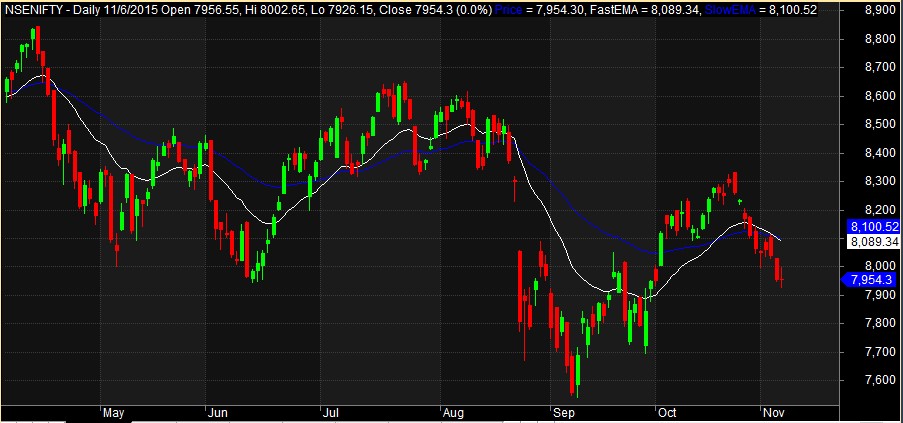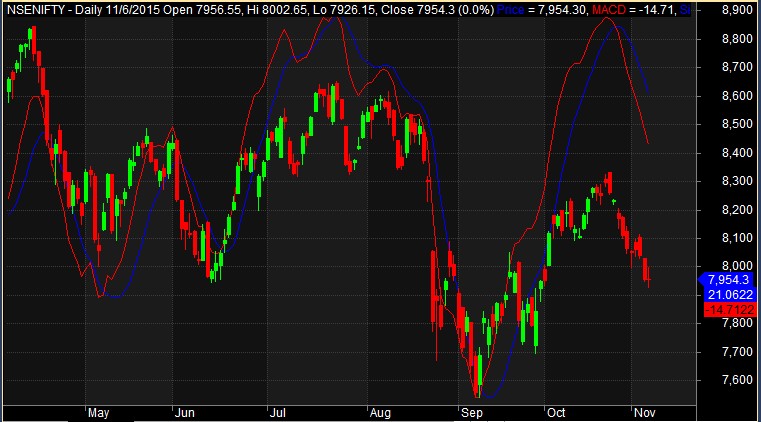C++ trading system tutorial
For performing our financial hacking experiments and for earning the financial fruits of our labor we need some software machinery for research, testing, training, and trading financial algorithms. No existing software platform today is really up to all those tasks. So you have no choice but to put together your system from different software packages. Fortunately, two are normally sufficient. One of the best compromises of simplicity and object orientation is probably Python. It also offers libraries with useful statistics and indicator functions.
Consequently, many strategy developers start with programming their systems in Python.
[Tutorial] How to open an online stock trading account in COL Financial (Citiseconline) – for OFWs and newbies – Smart Pinoy Investor – Investing and Personal Finance for Pinoys
And this even after having spent a lot of money for really fast computers. Speed mostly depends on whether a computer language is compiled or interpreted. Python , R , or Matlab is interpreted: Interpreted languages are much slower and need more CPU and memory resources than compiled languages.

But they have the advantage of being interactive: Some languages, such as C , are inbetween: They are compiled to a machine-independent interim code that is then, dependent on implementation, either interpreted or converted to machine code. C is about 4 times slower than C, but still 30 times faster than Python. Why is execution speed so important for trading systems?
Assume that a C-written strategy needs 1 minute for a test run.
The same strategy written in EasyLanguage would need about 30 minutes, in Python 2 hours, and in R more than 10 hours! If I had coded the t rend experimen t in R, I would today still be waiting for the results.
You can see why trade platforms normally use a C variant or a proprietary compiled language for their strategies. High-frequency trading systems are either coded in C or directly in machine language. Even compiled languages can have large speed differences due to different implementation of trading and analysis functions. The same benchmark script, a small RSI strategy from this page , runs with very different speeds on different trading platforms 10 years backtest, ticks resolution:.
However, the differences are not as bad as suggested by the benchmark table. A script that does not have to go step by step through historical data, but only calls library functions that process all data simultaneously, would run with comparable speed in all languages. Unfortunately this works only with simple systems, and only for backtests.
It can not be used for strategies that really trade. Zorro is a software for financial analysis and algo-trading — a sort of Swiss Knife tool since you can use it for all sorts of quick tests.
But here comes the drawback of the C language: You can not as easy drop in external libraries as in Python or R. R is a script interpreter for data analysis and charting. It is not a real language with consistent syntax, but more a conglomerate of operators, functions, and data structures that has grown over 20 years.
You can see that the vector-based code just consists of function calls. It runs almost as fast as the C equivalent.
Forex Tutorial: What is Forex Trading?
But it is difficult to read, it had to be rewritten for real trading, and details such as a stop loss had to be omitted since they would not work for a vector-based test. Thus, so good R is for interactive data analysis, so hopeless is it for writing trade strategies — although some R packages for instance, quantstrat even offer rudimentary optimization and test functions.

They require an awkward coding style and do not simulate trading very realistically, but even then they are still too slow for serious tests. While R functions and packages alone can be pretty fast since they are mostly coded in C, R itself can not replace a serious backtest and trading platform. But Zorro and R complement each other perfectly. For interactive working with R I can recommend RStudio.
For this I use Beyond Compare. TSSB can not trade or export, so you can not really use the ingenious systems that you developed with it. Links to the latest versions of Zorro and R are placed on the side bar. A R tutorial can be found here and a Zorro tutorial here. German readers can find here an extensive introduction into trading with Zorro.
It is always interesting to read about your exploits. How did you do it? Thank for the great work and good luck! Yes, the IB plugin is in development and I have already a test version.
It currently works for Forex, but not yet for stocks. Have you again looked at TSSB? I am biting my teeth out on it, but somehow not making enough progress. Unfortunately the list is quite long at the moment, so it might take a while.
Well, Zorro is not exactly free. I am sceptical about this software. Nothing in this world comes free and this Zorro software looks too good to be true.
Any way nice article. Hi in order to bridge the gap between prototyping and running I am considering the following products:. Your email address will not be published. Please enter at least 2 characters. Please enter the correct number. Please enter at least 10 characters. Skip to content The Financial Hacker A new view on algorithmic trading. The same benchmark script, a small RSI strategy from this page , runs with very different speeds on different trading platforms 10 years backtest, ticks resolution: Choice of tools Zorro is a software for financial analysis and algo-trading — a sort of Swiss Knife tool since you can use it for all sorts of quick tests.
Beginner's Guide to Quantitative Trading | QuantStart
Scripts are in C, event driven and very fast. You can code a system or an idea in 5 minutes. Open architecture — you can add anything with DLL plugins.
Trading Systems Coding
Minimalistic — just a frontend to a programming language. Can be automatized for experiments. Very accurate, realistic trading simulation.
Has all basic data processing and statistics functions most included with source code. Is continuously developed and supported new versions usually come out every Last but not least: Open architecture — you can add modules for almost anything. Minimalistic — just a console with a language interpreter.
This is the SMA crossover in R, for a vector-based backtest: September 24, at October 13, at October 14, at March 10, at March 11, at June 29, at August 13, at September 6, at Hi in order to bridge the gap between prototyping and running I am considering the following products: Leave a Reply Cancel reply Your email address will not be published.
Boosting Strategies with MMI. Download Zorro Download R Scripts Scripts Scripts